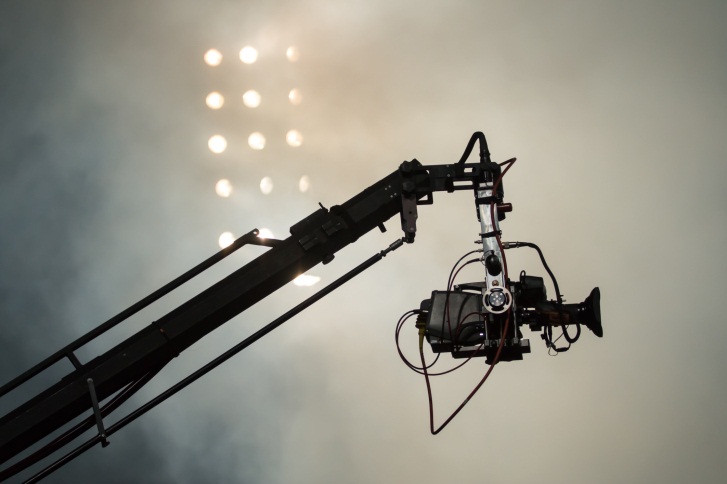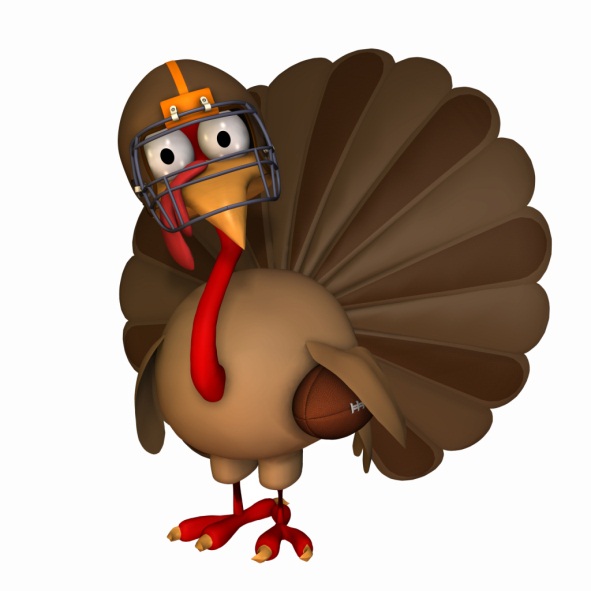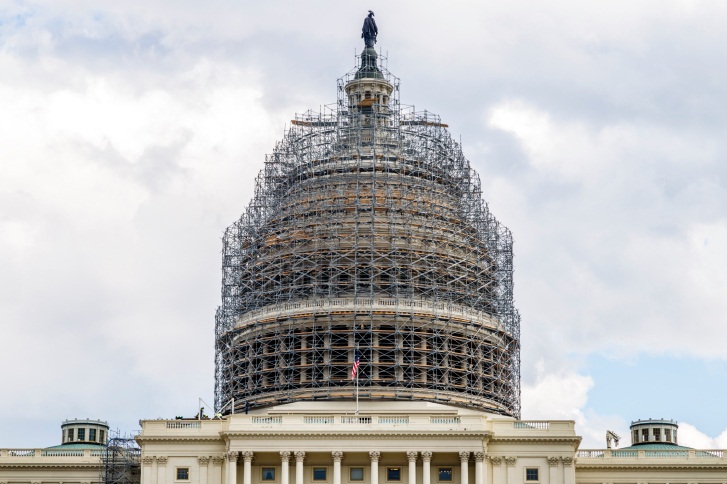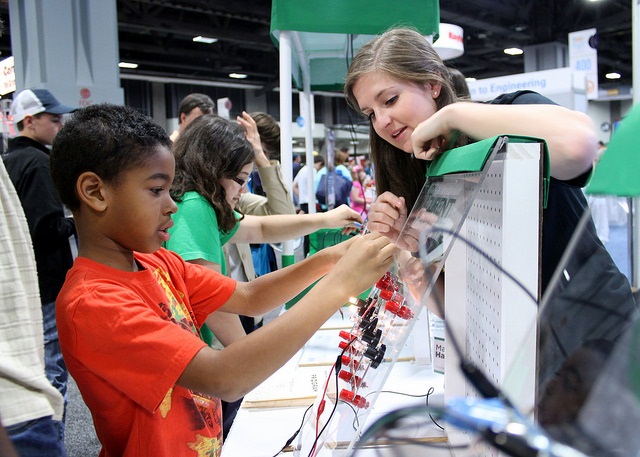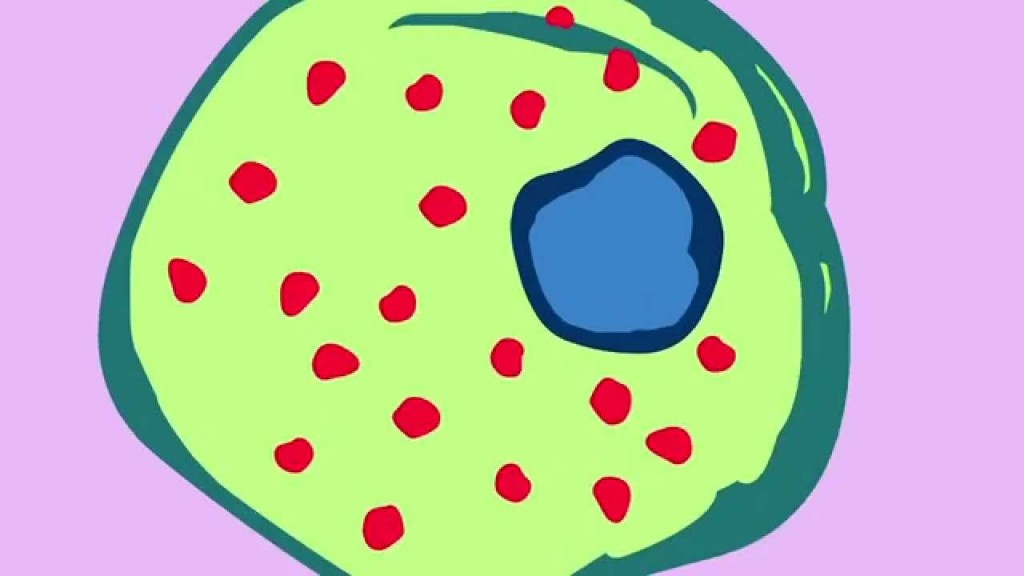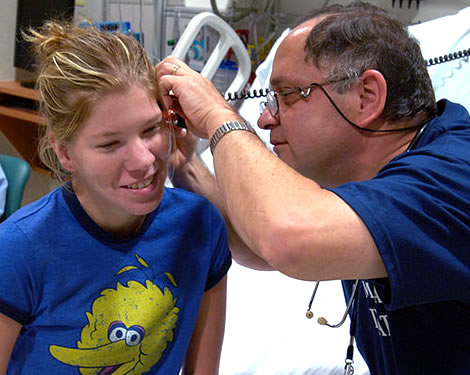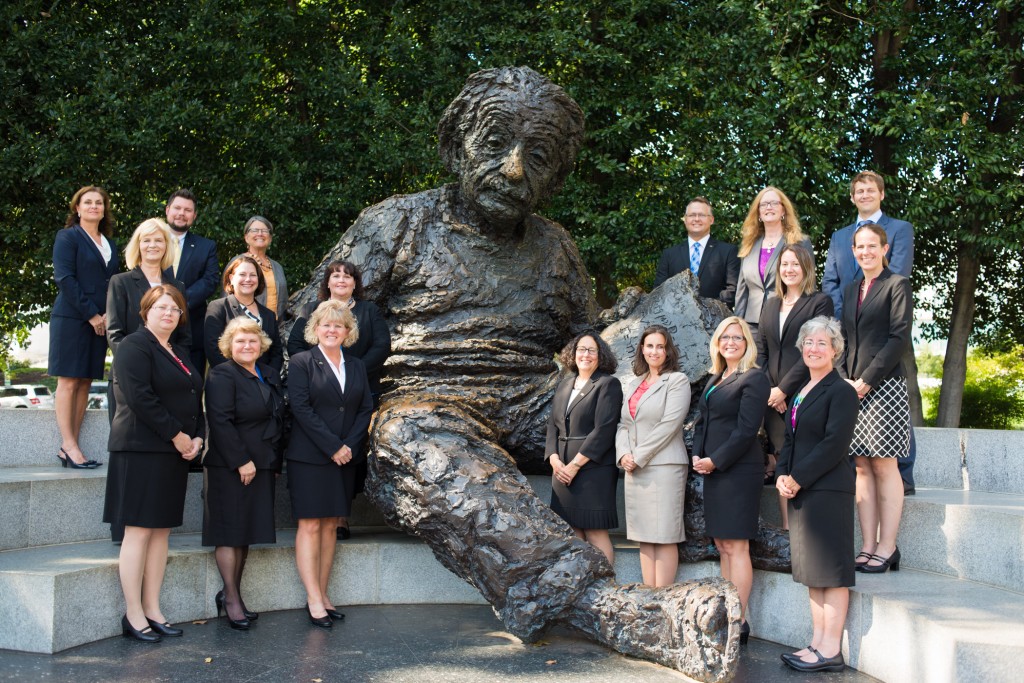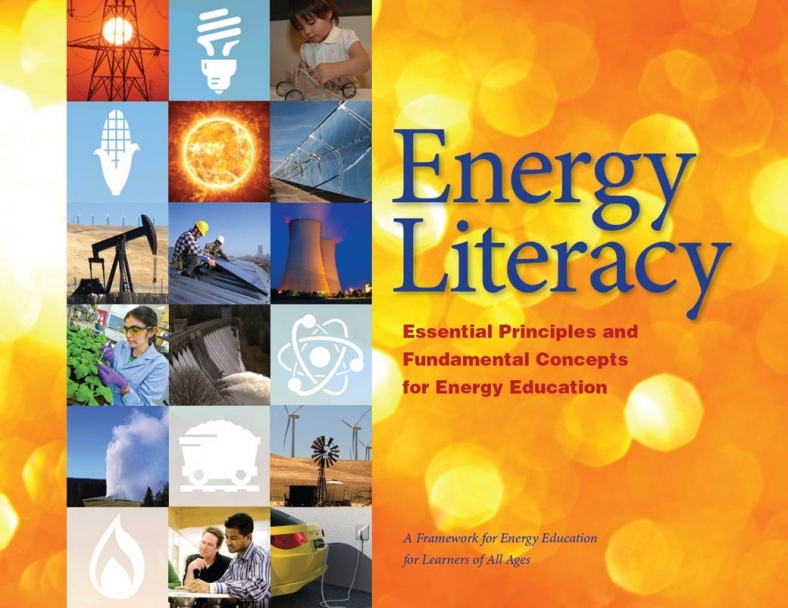Thankful Engineering
What does engineering have to do with Thanksgiving? Plenty, says the National Engineering Forum.
The advocacy group, which seeks to build the capacity, capability, and competitiveness of the U.S. engineering enterprise, noted some of the surprising ways that engineers contribute to America’s most traditional holiday in a recent newsletter:
This Thanksgiving, take moment to thank broadcast engineers for bringing football and the Macy’s Thanksgiving Day Parade your television. The Macy’s parade has been a tradition since 1924, and designing and filling those balloons takes some serious engineering. For football fans, there’s plenty of action, and the chance to ponder engineering’s impact on the sport, including MIT’s helmet research, Oregon State’s artificial intelligence work, and Carnegie Mellon’s research into technology to help referees make better calls (insert your own joke here).
 Of course Thanksgiving centers around the food, and there’s plenty of engineering at work in the gadgets for prepping and cooking, but according to this, there’s a proper way to engineer your plate to ensure maximum deliciousness. If Tofurky’s on your table, you can thank the folks in Hood River, Oregon, whose food engineering gives vegetarians an animal-free option. For meat eaters, the turkey is the main event, but not all birds are destined for the dinner table. Some get a pass from the president. There’s some debate on who originally engineered the annual presidential pardoning of the turkeys, but no matter how it began, it’s a sure bet, those turkeys are thankful.
Of course Thanksgiving centers around the food, and there’s plenty of engineering at work in the gadgets for prepping and cooking, but according to this, there’s a proper way to engineer your plate to ensure maximum deliciousness. If Tofurky’s on your table, you can thank the folks in Hood River, Oregon, whose food engineering gives vegetarians an animal-free option. For meat eaters, the turkey is the main event, but not all birds are destined for the dinner table. Some get a pass from the president. There’s some debate on who originally engineered the annual presidential pardoning of the turkeys, but no matter how it began, it’s a sure bet, those turkeys are thankful.
Ever wonder how football became such a Thanksgiving tradition? As this NFL video explains, it all began with the Lions arrival in Detroit.
Hitting the road? Check out eGFI’s list of engineering icons and sightseer’s guide to iconic bridges and other civil engineering feats you can visit along the way.
Happy Thanksgiving!
Filed under: Special Features, Web Resources | Comments Off on Thankful Engineering









